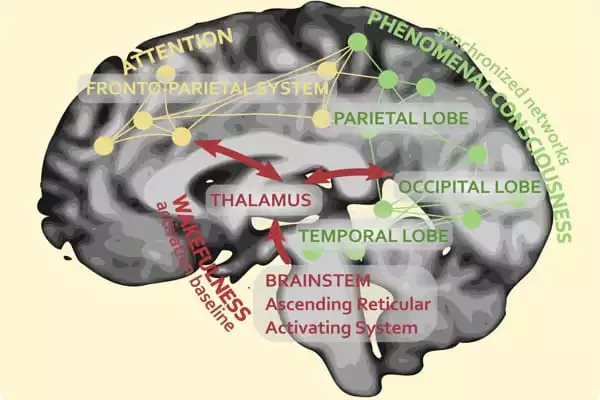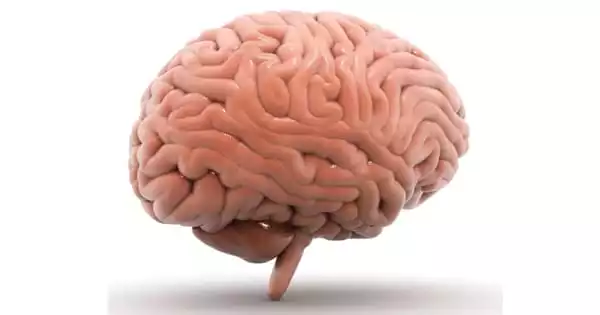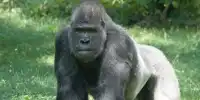The brain controls all of our body’s internal functions. It also integrates sensory information and impulses to form perceptions, thoughts, and memories. The brain provides us with self-awareness as well as the ability to speak and move around in the world. During conscious wakefulness, the brain exhibits large integrated and dynamic network modules that fragment during sleep.
One of the most perplexing aspects of the brain is consciousness. We know very little about how consciousness emerges from brain activity, but most neuroscientists agree that it is dynamic in nature.
Our subjective experience does not appear to us as a collection of disparate snapshots. Instead, we perceive the world as a never-ending stream of information. This information is integrated because we do not perceive a separate stream for each sensory modality — one for vision, one for hearing, and so on — but rather a single one where all percepts merge.
Brain activity during conscious wakefulness presents large integrated and dynamic network modules which fragment during sleep.
Chaos, published by AIP Publishing, investigates the question: What characteristics should brain activity have to support this type of conscious experience?
“We conclude that brain activity should be integrated, with multiple regions frequently ‘talking to each other,” said Enzo Tagliazucchi, co-author from Universidad Adolfo Ibaez and the Latin American Brain Health Institute in Santiago, Chile. “At the same time, the regions involved should change on a continuous basis to account for the diversity of contents that appear in our conscious experience.”
New techniques for measuring brain activity are allowing scientists to refine their theories about what consciousness is, how it forms in the brain, and where the lines between consciousness and unconsciousness exist. As our understanding of consciousness grows, some researchers are developing strategies for manipulating it, with the goal of treating brain injuries, phobias, and mental health conditions such as post-traumatic stress disorder (PTSD) and schizophrenia.

The team looked for integrated structures that cover the majority of the brain but change configuration on a regular basis. Their hypothesis was that these structures would disappear during states of deep unconsciousness, such as deep sleep or general anesthesia.
“In the case of the brain, nodes are specific anatomical regions, and links indicate that brain activity measured in those regions is significantly synchronized,” Tagliazucchi explained. “We have a network that describes how brain regions are synchronized at any given time, and this network changes over time as brain-wide communication patterns change.”
The group wanted to focus on groups of nodes tightly coupled together (modules) that retain their identity over time while the nodes involved change. “We hypothesize that the largest of these modules is important for consciousness because it is dynamic and integrates a large proportion of brain regions,” Tagliazucchi explained.
To put it to the test, they devised a method for detecting these structures within temporal networks using current algorithms within specific parameters. The researchers created artificial time-evolving networks to test, benchmark, and find the best parameters for these algorithms. They used these parameters in algorithms to analyze brain imaging data and confirmed several hypotheses.
During conscious wakefulness, brain activity displays large integrated and dynamic network modules. During sleep or general anesthesia, these modules tend to vanish or fragment. These changes are similar in both conditions, implying that unconsciousness occurs in both cases via the same mechanism.
“We anticipate that our methodological advances will assist other scientists in detecting integrated structures within other temporal networks through hypothesis-driven parameter optimization,” Tagliazucchi said. “In terms of the neurobiological significance of our findings, I would like to see our findings replicated in other unconscious brain states and different modal organisms, as well as validated using metrics other than neuroimaging, such as behavioral observations.”
Psychological science has addressed questions about consciousness in part by distinguishing between neurocognitive functions associated with conscious experience and those that occur in the absence of conscious experience. The ongoing investigation of these kinds of distinctions is providing empirical support for new hypotheses about the origins of conscious experience. As a result, richer conceptualizations are being developed, combining first-person and third-person perspectives to provide new insights into the mystery of consciousness.















